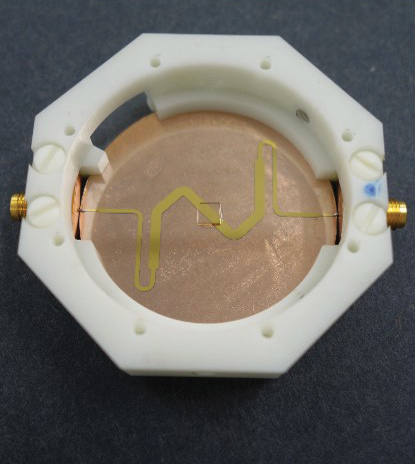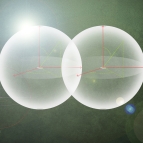Diamond Magnetometer

Solid-state spin systems are an increasingly favored platform for developing quantum sensing technologies. In particular, magnetometry using nitrogen-vacancy (NV) centers in diamond has been the subject of intense experimental effort. To date, however, academic demonstrations of NV-based magnetometers have not realized the theoretically promised device sensitivities necessary to compete with existing sensor capabilities.

In collaboration with MIT, we have overcome two significant barriers to the use of NV-based magnetometers: lack of ideal diamonds and low sensitivity. Through tailored diamond growth, we have engineered quantum-grade diamonds beyond ordinary gemstones to ideal synthetic diamonds fabricated not for cut, clarity, and color but for quantum capability. The nitrogen and vacancies introduced into these manufactured diamonds during growth and processing have exquisite capability to sense magnetic fields, and our diamonds exhibit long-lived quantum coherence for high-sensitivity measurements.
The diamond itself is only the first step to making a sensor. Careful control of quantum states through lasers and microwave fields is needed to realize the full sensing potential of this solid-state system. Advances in machine learning and readout techniques have enabled physics-based sensor development tailored to applications of interest.
Together, these advances are enabling a unique class of magnetometer with quantum stability and a vector measurement tied to fixed, solid-state axes. The diamond and sensor improvements are critical to transitioning this technology from laboratory demonstrations to target applications, such as localization of magnetic signals, magnetic navigation, and brain-machine interfaces.



